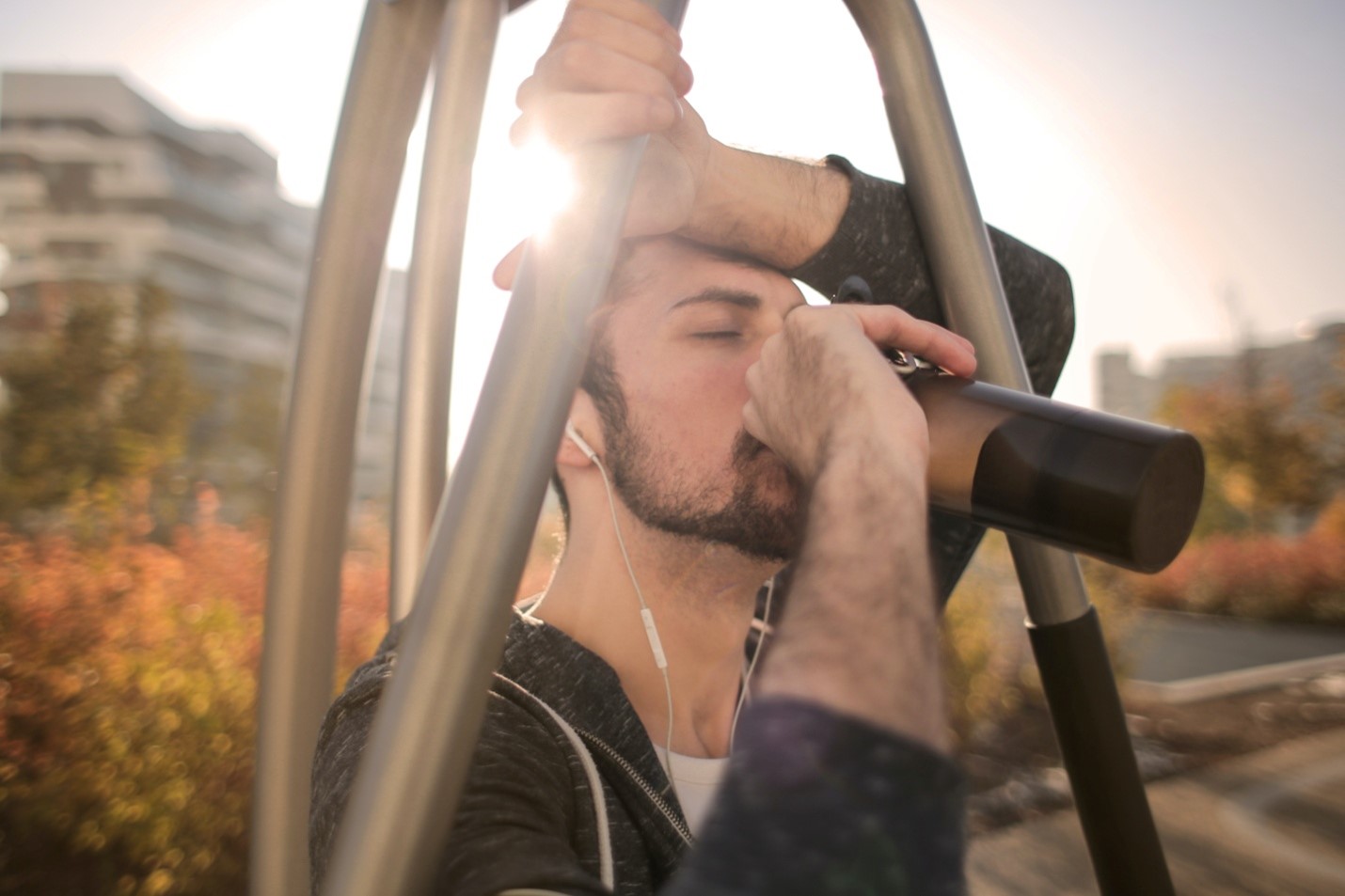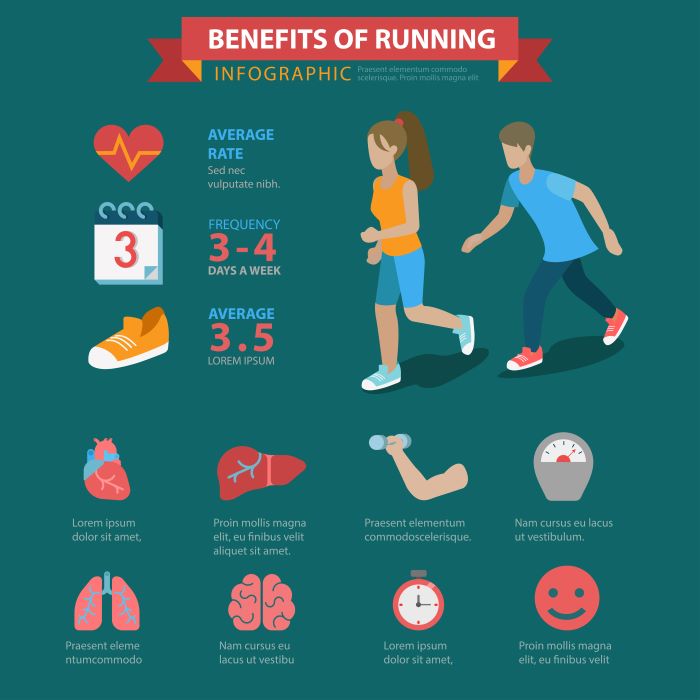When it comes to running, many people primarily focus on their legs and overall endurance, often overlooking the significance of arm movement. However, the dynamics of your arms play a crucial role in enhancing your running performance. Understanding how your arm movements contribute to your overall running experience can lead to a more efficient and enjoyable workout.
Firstly, the arms help maintain balance and stability while you run. As you propel yourself forward, your arms naturally swing in opposition to your legs. This coordinated motion not only aids in maintaining your center of gravity but also helps to improve your overall posture. Here are some key points to consider:
- Energy Efficiency: Proper arm movement can conserve energy, allowing you to run longer distances without fatigue.
- Momentum Generation: Swinging your arms effectively can help propel your body forward, making you feel lighter on your feet.
- Injury Prevention: Engaging your upper body correctly can reduce strain on your lower body, minimizing the risk of injuries.
Moreover, strengthening your arms through targeted workouts can further enhance your running ability. Incorporating exercises like push-ups, tricep dips, and resistance band workouts can complement your running routine, leading to a well-rounded fitness journey.
To discover more about how to optimize your running routine, visit our website to learn more and get started today! Click here.
Do You Engage Your Arms While Running?

As you lace up your running shoes and hit the trail, have you ever paused to consider whether you are effectively engaging your arms during your runs? The answer is crucial not only for your performance but also for your overall comfort and efficiency while running. Engaging your arms properly can significantly impact your running dynamics, influencing your speed and endurance.
When running, your arms should be positioned at approximately a 90-degree angle at the elbows, with your hands relaxed, and your fingers lightly curled. This positioning allows for a natural swing of the arms, which aids in driving your legs forward. Many runners, however, tend to neglect this aspect, leading to inefficient movements.
Consider the following factors to determine if you are engaging your arms correctly:
- Arm Swing: Your arms should move in synchronization with your legs. A strong, rhythmic arm swing will help you maintain momentum and balance.
- Posture: A relaxed upper body, combined with an upright posture, enhances your ability to engage your arms effectively. Avoid hunching your shoulders or tensing your neck.
- Breathing: Your arm movements should complement your breathing pattern. Deep, rhythmic breaths can promote relaxation and help keep your arms moving fluidly.
By paying attention to these elements, you can improve your running form and make each step count. Whether you’re an experienced runner or just starting, understanding how to engage your arms effectively can lead to a more enjoyable and productive running experience.
Benefits of Arm Exercise During Running

Incorporating arm movement into your running routine may seem secondary, but the benefits are profound and multifaceted. When you actively engage your arms while running, you not only enhance your upper body strength but also improve your overall running efficiency. Here are some key advantages:
- Improved Balance: A coordinated arm swing helps maintain your balance, especially on uneven terrain. This stability reduces your chance of injury and enhances your confidence on trails.
- Enhanced Speed: Efficient arm movements can propel your legs forward, effectively increasing your pace. Think of your arms as natural pendulums that help drive your body forward, making each stride more powerful.
- Increased Endurance: Engaging your arms helps distribute the workload across your body. When you use your upper body, it allows your legs to conserve energy, enabling you to run longer distances without fatigue.
- Stronger Upper Body: Regularly incorporating arm movements while running can lead to improved muscle tone and strength in your shoulders, arms, and core. This strength complements lower body workouts and contributes to overall fitness.
- Better Breathing: A rhythmic arm swing promotes a more open chest and diaphragm, facilitating deeper breathing. This improved oxygen intake can significantly enhance your stamina during longer runs.
By recognizing the importance of arm exercise during running, you can unlock a multitude of benefits that contribute to your fitness journey. Embracing these advantages not only transforms your running form but also enriches your overall workout experience.
Enhancing Your Running Form for Arm Engagement
To truly harness the benefits of arm engagement during your runs, it’s essential to focus on your running form. Proper technique not only maximizes performance but also minimizes the risk of injury. Here are some effective strategies to enhance your running form for better arm engagement:
- Maintain a Relaxed Posture: Keep your shoulders relaxed and away from your ears. Tension in the upper body can lead to fatigue and poor form, making it difficult to utilize your arms effectively.
- Arm Positioning: Bend your elbows at approximately a 90-degree angle and keep your hands at waist level. This positioning allows for a natural swing that complements your leg movements, enhancing propulsion.
- Use Your Hands: Avoid clenching your fists; instead, keep your hands relaxed and slightly cupped. This will help maintain a fluid motion, which is crucial for effective arm engagement.
- Synchronize Arm and Leg Movements: Ensure that your arms move in tandem with your legs. As your right leg moves forward, your left arm should swing forward as well, creating a natural rhythm that aids in balance and speed.
- Focus on Forward Motion: When running, concentrate on driving your elbows back rather than merely swinging your arms forward. This backward motion will help propel you forward more efficiently.
By applying these techniques, you can significantly improve your arm engagement while running, leading to enhanced performance and a more enjoyable experience. Remember, the key to effective running lies in the harmony between your upper and lower body movements.
Incorporating Strength Training for Arm Muscles

While running is primarily a lower-body workout, incorporating strength training for your arm muscles can greatly enhance your overall performance and efficiency. Strengthening your upper body not only aids in maintaining proper running form but also contributes to better endurance and speed. Here’s how you can effectively integrate strength training into your routine:
- Focus on Compound Movements: Exercises like push-ups, pull-ups, and bench presses engage multiple muscle groups, including the arms, shoulders, and back. These compound movements are efficient and provide a solid foundation for arm strength.
- Incorporate Dumbbells: Using dumbbells for exercises such as bicep curls and tricep extensions allows for targeted arm strengthening. Aim for 2-3 sets of 10-15 repetitions to build endurance without sacrificing form.
- Utilize Resistance Bands: Resistance bands are a versatile tool that can enhance your arm workouts. They’re great for exercises like banded lateral raises and tricep kickbacks, helping to improve muscle tone and stability.
- Engage in Core Workouts: A strong core supports your upper body during runs. Incorporating planks and rotational exercises can improve your balance and posture, indirectly benefiting your arm movements.
- Schedule Regular Strength Sessions: Aim to include strength training at least 2-3 times a week. This consistency will ensure that your arm muscles are adequately conditioned to support your running.
By integrating these strength training exercises into your regimen, you’ll not only enhance your arm strength but also improve your running efficiency. Remember, a strong upper body contributes significantly to your overall running performance, helping you achieve your fitness goals.
Conclusion: The Impact of Running on Arm Fitness

In summary, while the primary focus of running is on the lower body, it undeniably plays a role in enhancing arm fitness as well. The natural movement of swinging your arms during a run not only helps with balance and momentum but also engages the muscles in your upper body. By understanding how running exercises your arms, you can further optimize your workouts.
To maximize the benefits of running on arm fitness, consider incorporating strength training into your routine. Effective exercises can strengthen your arms, improve your posture, and enhance your overall running efficiency. This holistic approach not only boosts endurance but also contributes to a well-rounded fitness regimen.
As you embark on your running journey, don’t forget to embrace the joy of movement and the community that comes with it. For more tips on enhancing your fitness through running, visit our website to learn more and get started today! Click here.


